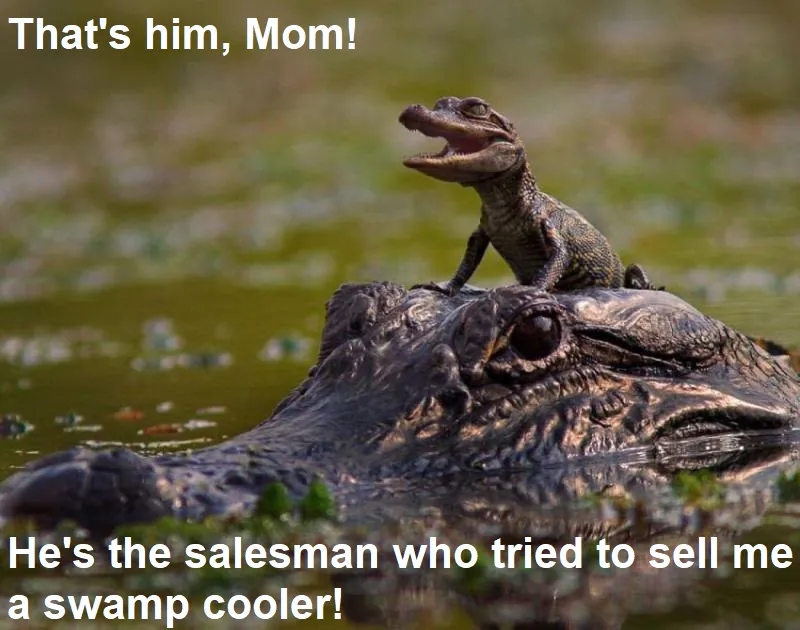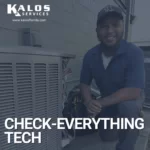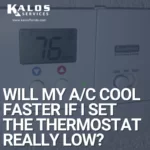Considering that Florida is truly a giant swamp, you’d think swamp coolers would be commonplace here, right?
Contrary to their name, swamp coolers (also known as evaporative coolers) are most effective in dry climates. You’d be much more likely to find these coolers in Arizona, Nevada, or California than in Florida. (However, you may still see portable ones for sale online or at some Florida hardware stores.) The truth is that they don’t work that great in our humid, swampy climate.
We’ll look at how swamp coolers work and why they’re not a good choice for our humid Central Florida climate.
Evaporation and Temperature
Swamp coolers’ formal name is “evaporative coolers” because they rely on evaporation to cool the air that moves through them.
When we hear “evaporation,” many of us will think of boiling. Water boils at 212°F, but it can evaporate at temperatures below that. That’s because temperature is just an average value of how fast molecules move in a substance. Several molecules will move faster or slower than the average. Some of those faster molecules could be on the verge of changing from liquid to vapor.
For example, a puddle of water in the middle of the road may be 80°F, which is nowhere near the boiling point. However, the water molecules that move more quickly will break free and become a vapor without boiling.
Swamp coolers have a tank with water that saturates filter pads and a fan that forces air through the wet filter pads. The fan blows air over the pads, and the water in them absorbs heat from the air. As a result, the air coming out on the other side is cooler and more humid.
Swamp Coolers and Humidity
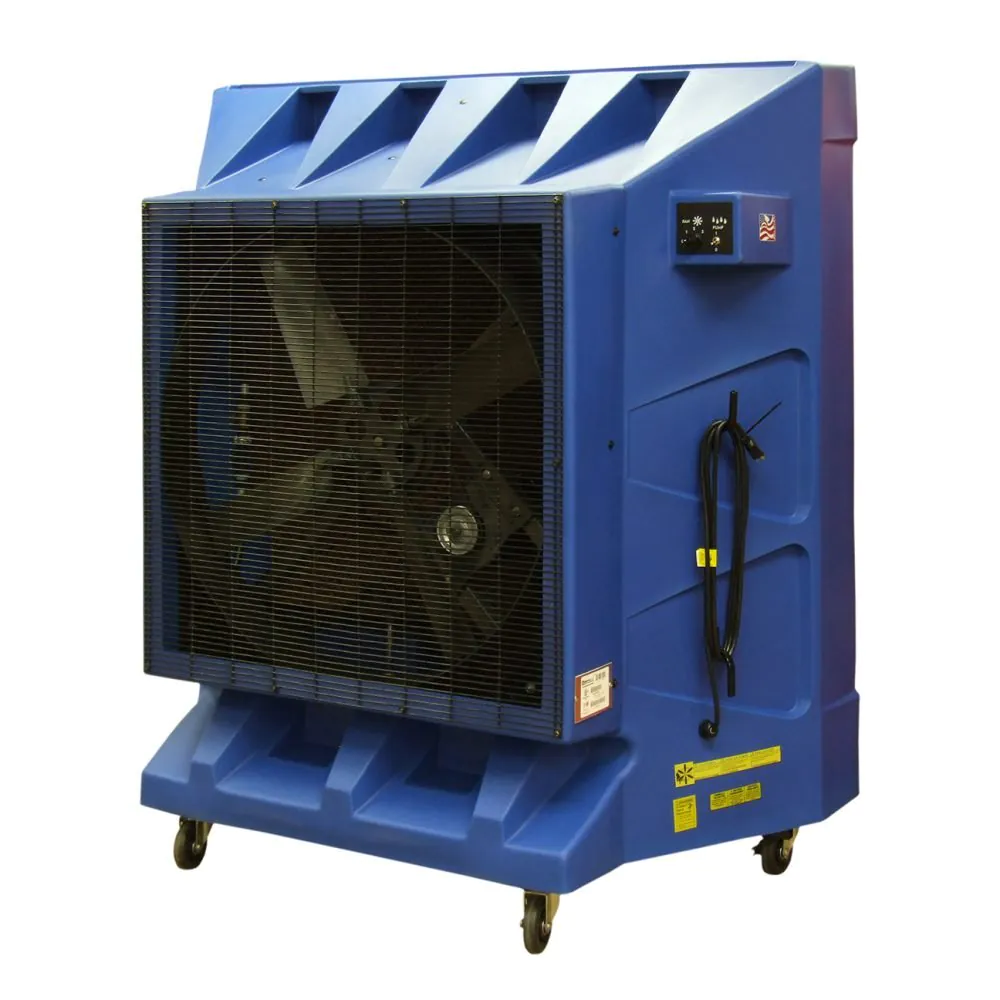
You probably read that last sentence and thought, “It’s already extremely humid here! We don’t need any more humidity!” Adding even more humidity to our homes seems like a Floridian nightmare, but that’s not the only drawback.
The high humidity of our climate prevents swamp coolers from doing much cooling in the first place. These coolers only work because the dry air adds heat to the water on the filter pads. When the temperature drops, the humidity rises. However, dry air can physically hold the resulting water vapor molecules.
If the humidity is around 70–80%, as is common in Florida, the air can’t hold much more water vapor. If the relative humidity reaches 100%, the air becomes fully saturated, and any added water vapor has to condense into a liquid. There just isn’t enough of a difference in the moisture content between our humid air and the pads for much heat transfer to happen.
Swamp Coolers and Health Considerations
Warm water can contain all sorts of nasty microbes that can get us sick. Swamp cooler tanks in warm climates provide the perfect place for bacteria, mildew, and other microbes to grow. There is also a specific type of bacteria that grows in some domestic water appliances: Legionella. We can get sick with a severe form of pneumonia called Legionnaires’ disease when we inhale mist or aerosols containing it. We can also get sick by inhaling contaminated water by accident.
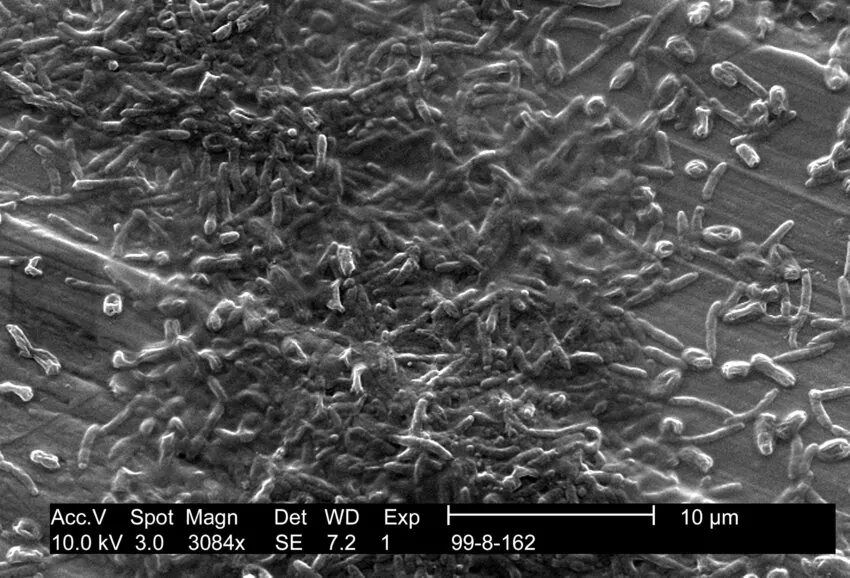
Portable swamp coolers don’t create mist or aerosols. They haven’t been reported to have caused any Legionnaires’ disease outbreaks. However, the disease has spread through other evaporative cooling methods, including cooling towers. Legionella can also still grow, even if it can’t be inhaled. Of course, replacing the water regularly, cleaning out waterways, and replacing the filter pads seasonally helps reduce the likelihood of microbial growth.
Despite their name, swamp coolers can't do much to help us in the lovely wetlands of Florida. However, they can be good in dry climates with proper care and maintenance. Their cooling and humidifying functions work wonders on the desert air, providing much-needed relief for the people who live in hot, dry places.
If you’re considering other options for your home’s air conditioning, including mini-splits for garages or lanais, Kalos can help! If you have questions about your home’s air conditioning, plumbing, or electricity, you can call or text us 24/7 at (352)-243-7099.

